
Local knowledge from expert travellers
29/10/2025 · By Tim Hall
Enhance your holiday with Great Rail Journeys as expert Tour Manager Tim Hall discusses how to get the most out a trip and uncover the places locals love.
Read moreOfficially recognised as one of the most beautiful villages in France, La Roque-Gageac is largely situated at the foot of a cliff on the banks of the Dordogne River in central south-western France.
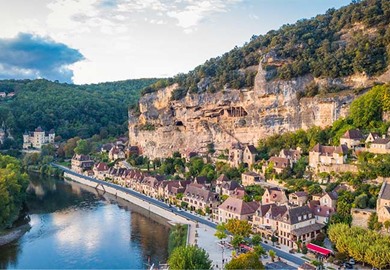
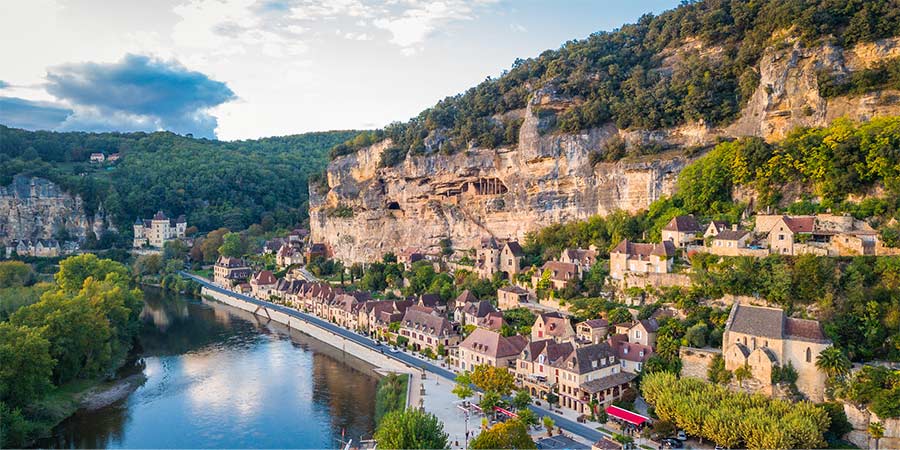
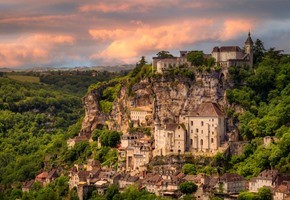
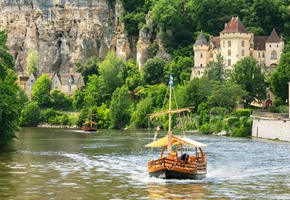
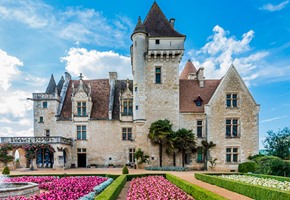
 (361 reviews)
(361 reviews)Famed for its prehistoric cave drawings, Les Eyzies provides the perfect location from which to explore the beautiful Dordogne, a region renowned for picturesque villages, ancient history and excellent cuisine. Enjoy a relaxing cruise along the Dordogne from the honey-hued village of La Roque-Gageac and discover the spectacular cliff-side ...

As with many European destinations, although there is evidence
of human inhabitancy in the area dating back to prehistoric times,
La Roque-Gageac's origins as a settlement really begin in the Roman
era. A potential target of Vikings and other invaders, the
village's cliff-side position proved beneficial; in the twelfth
century a virtually impregnable fortress was constructed high up in
the rock face and remained an effective defence until its
dismantling in the eighteenth century.
La Roque-Gageac itself is a delightful jumble of medieval cottages
and houses built from the distinctive honey-coloured stone found in
the Périgord Noir region of France. These are overlooked by a
beautiful sixteenth-century Renaissance-style manor house, the
former home of Jean-Gabriel Tarde, an astronomer, philosopher and
mathematician also regarded as one of the founding fathers of
sociology.
As a result of its geographical position, sheltered by cliffs, and its south-facing orientation, La Roque-Gageac benefits from its own consistently-warm microclimate; a fact exploited by the botanist Gerard Dorin in 1970 when he created a tropical garden beside the village church where banana, olive, fig and lemon trees still thrive along with palms and other exotic plants.
In medieval times La Roque-Gageac's location on the Dordogne River assured the village's prosperity as a busy trading port. Goods were transported along the river in traditional flat-bottomed boats called 'Gabares'. Today, visitors can take a river cruise in replicas of these trading vessels, and this provides an exceptional view of La Roque-Gageac, particularly in the mid-to-late afternoon when the lowering sun beautifully illuminates the village's honey-coloured buildings.
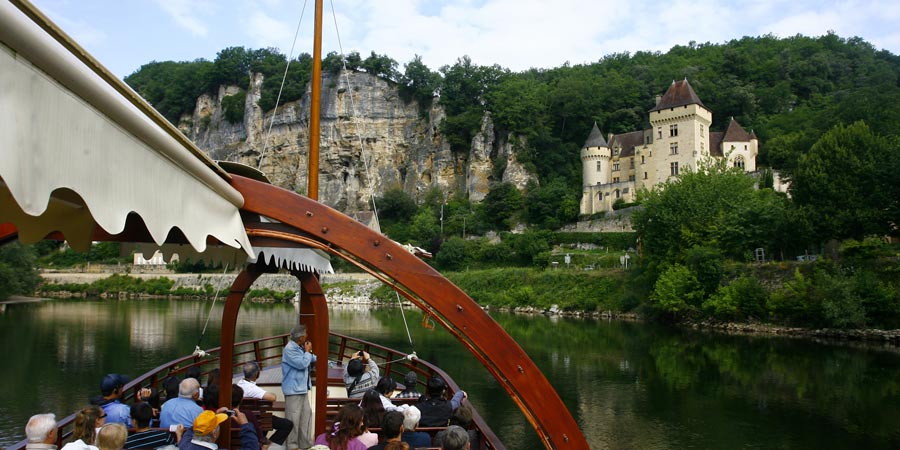
Just across the river from La Roque-Gageac, the magnificent twelfth-century castle Chateau de Castelnaud dominates a hill overlooking the river valley and offers unsurpassed views of the beautiful surrounding countryside. The castle is unmissable in its own right, boasting a turbulent history and a remarkable collection of full-scale medieval weapons and other fascinating exhibits in its Museum of War and the Middle Ages.
Equally unmissable for visitors to La Roque-Gageac are the stunning Jardins de Marqueyssac just two kilometres from the village. Situated high above the Dordogne River these vast formal gardens are noted for their exquisite topiary shrubs and hedges which have been shaped into stylised spirals and swirls. Several kilometres of footpaths, accessible for everyone, and a delightful eighteenth-century promenade ensure that these spectacular gardens and the views they offer can be enjoyed in full.